Overview of Inductively Coupled Plasma (ICP)
Inductively Coupled Plasma (ICP) is a powerful analytical technique used extensively in various fields like materials science, environmental testing, and metallurgy. This method relies on a high-temperature plasma source generated by an inductively coupled radio frequency (RF) field to ionize the sample, which is then analyzed using mass spectrometry (MS) or optical emission spectrometry (OES). The resulting data provides valuable insights into the elemental composition of the sample with remarkable precision and accuracy.
Table: Key Details of Inductively Coupled Plasma (ICP)
| Parameter | Description |
|---|---|
| Technique | Inductively Coupled Plasma (ICP) |
| Main Components | Plasma torch, RF generator, sample introduction system, spectrometer |
| Analytical Methods | ICP-MS (Mass Spectrometry), ICP-OES (Optical Emission Spectrometry) |
| Applications | Environmental analysis, materials science, metallurgy, clinical research |
| Key Advantages | High sensitivity, multi-element analysis, minimal interferences |
| Key Limitations | High operational costs, complex instrumentation |
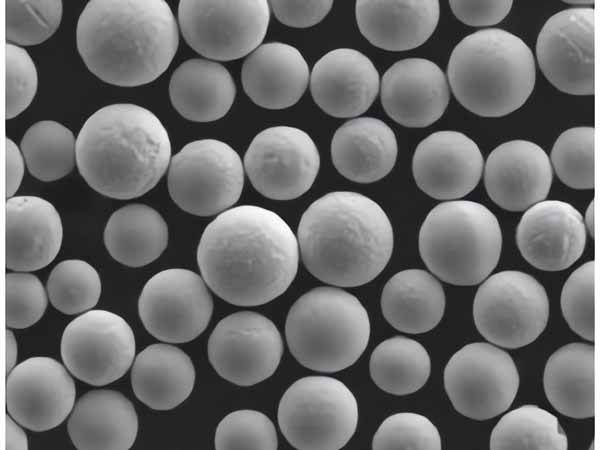
Types and Composition of Metal Powders Used in ICP
Metal Powders in Inductively Coupled Plasma Analysis
Metal powders play a crucial role in ICP analysis, particularly when it comes to the preparation of calibration standards and the analysis of solid samples. Here, we list and describe some specific metal powder models commonly used in ICP analysis.
1. Aluminum Powder (Al)
Aluminum powder is often used for its high conductivity and reactivity. It’s commonly used in aerospace and automotive industries for coating and additive manufacturing.
2. Copper Powder (Cu)
Copper powder is valued for its excellent electrical conductivity and thermal properties. It’s widely used in electronics, thermal management, and as a catalyst in chemical reactions.
3. Iron Powder (Fe)
Iron powder is commonly employed in metallurgy and magnetic applications due to its magnetic properties and high density.
4. Nickel Powder (Ni)
Nickel powder is used in battery production, catalysis, and in the production of superalloys due to its corrosion resistance and high melting point.
5. Titanium Powder (Ti)
Titanium powder is popular in the medical field for implants and in aerospace for high-strength, lightweight components.
6. Zinc Powder (Zn)
Zinc powder is widely used in galvanizing, battery production, and as a reducing agent in chemical reactions.
7. Gold Powder (Au)
Gold powder is used in electronics for its excellent conductivity and resistance to oxidation, as well as in medical applications and jewelry.
8. Silver Powder (Ag)
Silver powder is valued in electronics and thermal applications due to its superior conductivity and antimicrobial properties.
9. Platinum Powder (Pt)
Platinum powder is used in catalytic converters, electronics, and chemical applications for its high stability and catalytic properties.
10. Tungsten Powder (W)
Tungsten powder is employed in high-temperature applications, electronics, and heavy alloy production due to its high melting point and density.
Table: Composition and Properties of Common Metal Powders Used in ICP
| Metal Powder | Composition | Key Properties | Common Uses |
|---|---|---|---|
| Aluminum (Al) | 99.5% pure aluminum | High reactivity, light weight | Coatings, aerospace, automotive |
| Copper (Cu) | 99.9% pure copper | Excellent electrical and thermal conductivity | Electronics, thermal management |
| Iron (Fe) | 99.8% pure iron | Magnetic properties, high density | Metallurgy, magnetic applications |
| Nickel (Ni) | 99.9% pure nickel | Corrosion resistance, high melting point | Batteries, catalysis, superalloys |
| Titanium (Ti) | 99.5% pure titanium | High strength-to-weight ratio, biocompatibility | Medical implants, aerospace |
| Zinc (Zn) | 99.9% pure zinc | Reducing agent, good electrical properties | Galvanizing, batteries |
| Gold (Au) | 99.99% pure gold | Excellent conductivity, resistance to oxidation | Electronics, medical, jewelry |
| Silver (Ag) | 99.99% pure silver | Superior conductivity, antimicrobial properties | Electronics, thermal applications |
| Platinum (Pt) | 99.95% pure platinum | High stability, catalytic properties | Catalytic converters, electronics |
| Tungsten (W) | 99.9% pure tungsten | High melting point, high density | High-temperature applications, electronics |
Applications of Inductively Coupled Plasma
ICP is a versatile tool with a wide array of applications across different industries. Let’s delve into some specific applications and how ICP helps in each.
Environmental Analysis
ICP is extensively used in environmental testing to detect trace levels of heavy metals and pollutants in water, soil, and air samples. This helps in monitoring pollution levels and ensuring compliance with environmental regulations.
Materials Science
In materials science, ICP is employed to analyze the composition of metals and alloys. This information is crucial for quality control, research, and development of new materials.
Metallurgy
ICP is used to determine the purity of metals and alloys, as well as to detect impurities that might affect the material’s properties. This is vital in industries where material integrity is critical, such as aerospace and automotive.
Clinical Research
ICP is also used in clinical research to analyze biological samples for trace elements and heavy metals, aiding in the diagnosis of various health conditions and monitoring of nutritional status.
Table: Applications of ICP in Various Fields
| Field | Application | Benefits |
|---|---|---|
| Environmental | Detection of pollutants in water, soil, air | Ensures compliance with regulations, monitors pollution |
| Materials Science | Composition analysis of metals and alloys | Quality control, research, development |
| Metallurgy | Purity and impurity detection in metals and alloys | Ensures material integrity, quality assurance |
| Clinical Research | Analysis of biological samples for trace elements | Aids diagnosis, monitors nutritional status |
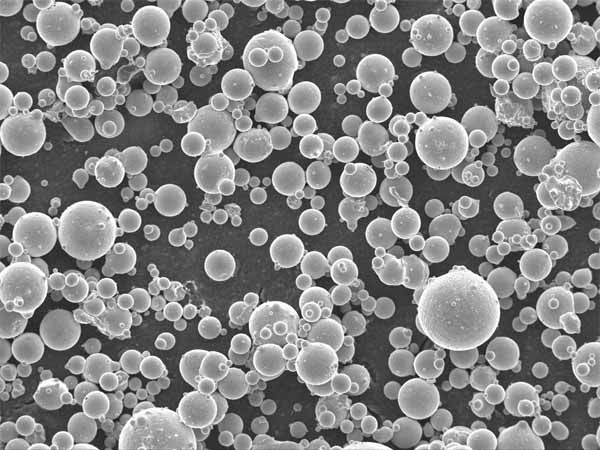

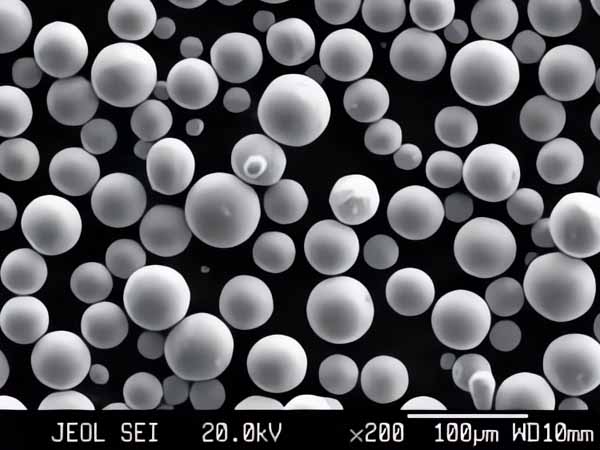
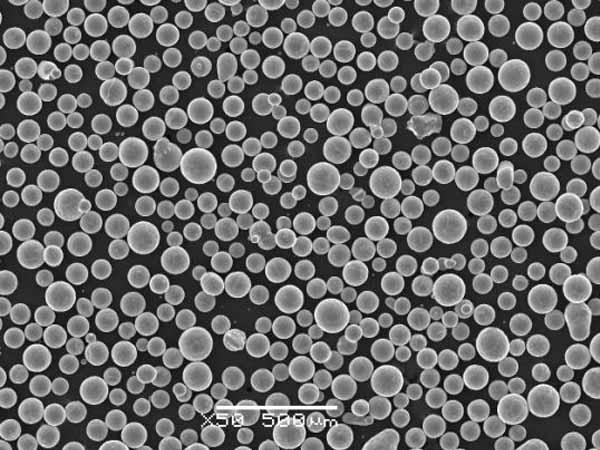
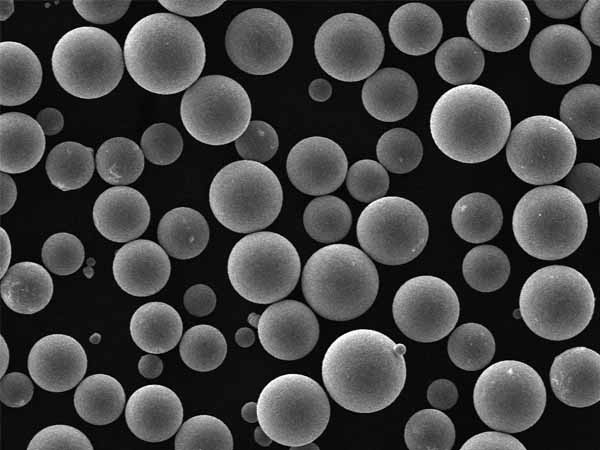
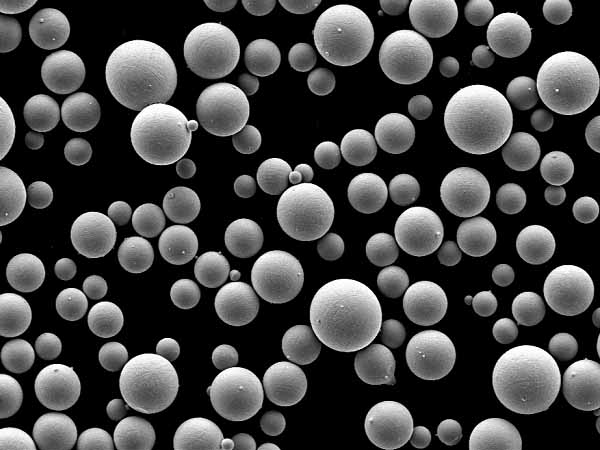
Specifications and Standards for ICP Equipment
When selecting ICP equipment, it’s essential to consider the specifications and standards to ensure reliable and accurate results. Below, we provide a table summarizing key specifications and standards for ICP instruments.
Table: Specifications and Standards for ICP Instruments
| Specification | Description | Standards |
|---|---|---|
| Plasma Torch | High-purity quartz or ceramic material | ASTM E1479-92 |
| RF Generator | Frequency range of 27-40 MHz, power output 750-1500 W | ISO 20805:2018 |
| Sample Introduction | Nebulizers, spray chambers, peristaltic pumps | ASTM E2884-13 |
| Detection System | Optical Emission Spectrometer or Mass Spectrometer | ISO 13528:2015 |
| Calibration Standards | Certified reference materials | NIST, ERM, BAM |
| Software | Data analysis, peak integration, background correction | FDA 21 CFR Part 11 |
Suppliers and Pricing Details for ICP Equipment
The market for ICP equipment includes a range of suppliers offering various models with different capabilities and price points. Here, we provide an overview of some prominent suppliers and their pricing details.
Table: Suppliers and Pricing Details for ICP Equipment
| Supplier | Model | Price Range | Key Features |
|---|---|---|---|
| Agilent Technologies | 7800 ICP-MS | $70,000 – $100,000 | High sensitivity, low detection limits |
| Thermo Fisher | iCAP PRO Series ICP-OES | $50,000 – $80,000 | High throughput, robust design |
| PerkinElmer | NexION 2000 ICP-MS | $80,000 – $120,000 | Advanced interference removal, fast analysis |
| Spectro Analytical | SPECTRO ARCOS ICP-OES | $60,000 – $90,000 | High-resolution optics, versatile applications |
| Shimadzu | ICPMS-2030 | $70,000 – $110,000 | Eco-friendly, high precision |
Comparing Pros and Cons of ICP Techniques
ICP-OES vs. ICP-MS
Both ICP-OES (Optical Emission Spectrometry) and ICP-MS (Mass Spectrometry) have their advantages and limitations. Let’s compare these techniques to understand which might be more suitable for specific applications.
Table: Comparing ICP-OES and ICP-MS
| Feature | ICP-OES | ICP-MS |
|---|---|---|
| Sensitivity | Moderate | High |
| Detection Limits | Parts per million (ppm) | Parts per billion (ppb) |
| Multi-element Analysis | Excellent | Excellent |
| Interference | Spectral interferences common | Minimal interferences |
| Speed | Fast | Slower |
| Cost | Lower operational costs | Higher operational costs |
| Applications | Environmental, industrial | Clinical, environmental, high-purity metals |
Advantages and Limitations of ICP-OES
Advantages:
- Fast analysis time
- Capable of multi-element detection
- Lower operational costs compared to ICP-MS
Limitations:
- Higher detection limits (ppm range)
- Susceptible to spectral interferences
Advantages and Limitations of ICP-MS
Advantages:
- Extremely low detection limits (ppb range)
- Minimal spectral interferences
- Suitable for trace element analysis
Limitations:
- Higher operational costs
- Slower analysis time compared to ICP-OES

FAQ
| Question | Answer |
|---|---|
| What is Inductively Coupled Plasma (ICP)? | A technique that uses a high-temperature plasma source to ionize samples for elemental analysis. |
| What are the main components of ICP equipment? | Plasma torch, RF generator, sample introduction system, and spectrometer. |
| What is the difference between ICP-OES and ICP-MS? | ICP-OES uses optical emission spectrometry, while ICP-MS uses mass spectrometry for detection. |
| What are the applications of ICP? | Environmental analysis, materials science, metallurgy, clinical research. |
| Why is ICP important in environmental testing? | It helps detect trace levels of pollutants in water, soil, and air, ensuring regulatory compliance. |
| How does ICP help in materials science? | It provides precise composition analysis of metals and alloys, aiding in quality control and research. |
| What are the advantages of using ICP-MS? | Extremely low detection limits, minimal spectral interferences, suitable for trace element analysis. |
| What are the limitations of ICP-OES? | Higher detection limits, susceptibility to spectral interferences. |
| Who are the leading suppliers of ICP equipment? | Agilent Technologies, Thermo Fisher, PerkinElmer, Spectro Analytical, Shimadzu. |
| What factors should be considered when choosing ICP equipment? | Sensitivity, detection limits, operational costs, and specific application needs. |
Conclusion
Inductively Coupled Plasma (ICP) stands out as a robust and versatile analytical technique with widespread applications across numerous industries. Whether it’s monitoring environmental pollutants, ensuring the purity of metals, or advancing clinical research, ICP provides precise and reliable elemental analysis. By understanding the various types of metal powders used, the applications, and the pros and cons of different ICP techniques, users can make informed decisions to leverage this powerful technology to its fullest potential.





